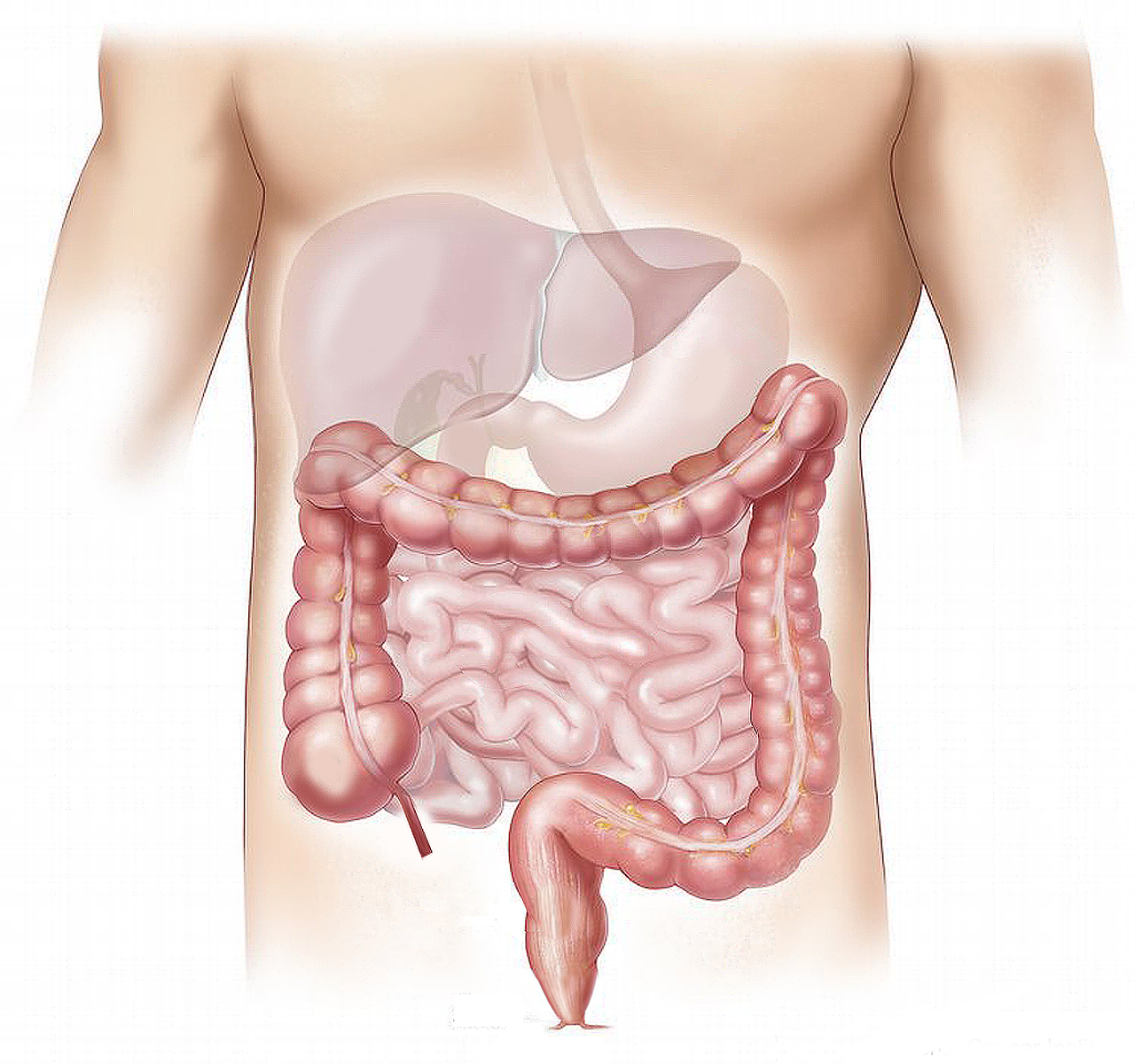Are you a stoma patient experiencing symptoms of granuloma? Do you want to learn more about signs, symptoms, and prevention tips for this condition? Look no further! In this blog post, tailored specifically for our social media audience, we will explore everything you need to know about granuloma in stoma patients. So, sit back, relax, and prepare to gain valuable insights that can help improve your quality of life. Let’s dive in!
What are Granulomas ?
Granulomas, which are small, elevated, red areas on or near the stoma, occur due to the excess healing of damaged skin on the stoma surface, potentially caused by friction from the bag. Some stoma granulomas can lead to bleeding and discomfort, although not all. Furthermore, if the granulomas are larger in size, they can hinder pouch adhesion, resulting in leakage issues.
Granulomas may occur due to various reasons. One potential cause is the friction caused by an ill-fitting ostomy appliance, which can rub against the stoma itself. Another factor is constant skin irritation caused by the contact of effluent with the skin. Infections can also contribute to the formation of granulation or result from repeated rubbing of the stoma appliance against the skin. Additionally, granulomas can arise from difficulties in the skin’s healing process after surgery.
The common indications and symptoms of granuloma in stoma patients may encompass:
- Pinkish or reddish bump: The most evident sign is the emergence of a small, raised bump surrounding the stoma site. It can possess a soft, flesh-like texture similar to granulated tissue.
- Bleeding: Granulomas can be sensitive and susceptible to bleeding, particularly when touched or irritated during stoma care or when altering the ostomy appliance.
- Pain or discomfort: Some patients may encounter mild pain or discomfort around the granuloma region. Nevertheless, the majority of granulomas are painless and do not cause significant discomfort.
- Excessive tissue growth: Granulomas have the potential to enlarge over time, and in certain instances, they might become more conspicuous.
Several risk factors can contribute to the formation of granulomas in stoma patients. These risk factors encompass:
- Inadequate stoma care: Poor or improper management of the stoma can result in irritation, inflammation, and an increased likelihood of granuloma development. Regularly changing the ostomy appliance and maintaining the cleanliness of the stoma can help mitigate this risk.
- Stoma injury: Repetitive damage to the stoma, such as excessive friction or scratching during cleaning or appliance changes, can trigger the formation of granulomas.
- Size and placement of the stoma: The dimensions and location of the stoma can influence the risk of granuloma formation. Stomas that are larger or situated in areas subjected to more friction or pressure may have a heightened risk.
- Prolonged use of a single appliance: Using the same ostomy appliance for an extended period without replacement can increase the risk of irritation and the development of granulomas.
- Allergic responses: Certain individuals may develop an allergic reaction to the materials used in the ostomy appliance, which can contribute to the formation of granulomas.
- Infection or inflammation: Infections or inflammation around the stoma site can promote the formation of granulomas.
- Skin conditions: Existing skin conditions, such as psoriasis or eczema, can elevate the likelihood of granulomas in stoma patients.
- Chronic irritation: Persistent exposure to feces or urine can lead to continuous irritation around the stoma, fostering the development of granulomas.
- Surgical technique: The surgical approach utilized to create the stoma can impact the risk of granuloma formation. Techniques that minimize tissue trauma during surgery can help decrease the risk.
- Underlying medical conditions: Specific medical conditions, such as Crohn’s disease or inflammatory bowel disease, may be associated with an increased risk of granuloma formation in stoma patients.
The treatment approach for granulomas in patients with a stoma depends on the severity, size, and associated symptoms. Here are several treatment approaches that healthcare professionals may consider:
- Observation: In certain cases, if the granuloma is small, asymptomatic, and not causing any problems with the ostomy appliance or the patient’s well-being, the healthcare provider may choose to monitor it without immediate intervention.
- Topical medications: Steroid creams or ointments may be prescribed as topical treatments to reduce inflammation and promote the healing of the granuloma. These medications can help reduce the size of the tissue and alleviate any discomfort.
- Silver nitrate application: Healthcare professionals often use silver nitrate cauterization to treat granulomas. This technique involves applying silver nitrate solution to the granuloma, which aids in reducing the size of the tissue. However, caution must be exercised to avoid damaging the surrounding healthy tissue.
- Electrocautery: In certain situations, healthcare professionals may opt for electrocautery to burn or cauterize the granuloma tissue. This procedure should only be performed by experienced professionals to minimize the risk of complications.
- Surgical removal: If the granuloma is large, recurring, causing significant symptoms, or not responding to other treatments, surgical excision may be considered. Surgical removal aims to completely eliminate the granuloma tissue, and it is typically a minor outpatient procedure.
- Adjustment of ostomy appliance: Sometimes, the granuloma may be caused or aggravated by the ostomy appliance rubbing against the stoma. In such cases, the healthcare provider may suggest adjusting the ostomy appliance to minimize friction and irritation.
- Addressing underlying issues: If an underlying medical condition, such as inflammatory bowel disease, contributes to the formation of granulomas, managing the primary condition may help reduce the risk of granulomas.
- Allergy management: If the granuloma is related to an allergic reaction to the material of the ostomy appliance, switching to a hypoallergenic product may be beneficial.
- Patient education: Educating patients on proper stoma care, hygiene, and prevention strategies can help minimize the risk of granulomas and other complications related to the stoma.
The prevention of granuloma formation around a stoma necessitates proactive stoma care and the reduction of potential irritants. Here are some recommendations to aid in the prevention of granulomas:
- Proper stoma care: Adhere to a regular stoma care routine, which entails cleansing the stoma and the surrounding skin with mild soap and water. After cleaning, gently pat the area dry to prevent irritation.
- Utilize appropriate ostomy products: Ensure the use of the correct size and type of ostomy appliance that fits well around the stoma. Ill-fitting appliances can cause friction and irritation, thereby increasing the likelihood of granuloma formation.
- Avoid harsh chemicals: Steer clear of using harsh or abrasive cleaning agents or adhesive removers around the stoma region, as they can irritate the skin and facilitate the development of granulomas.
- Monitor stoma health: Regularly inspect the stoma and surrounding skin for any alterations, irritation, or signs of infection. Promptly report any concerns to your healthcare provider.
- Protect the stoma during physical activities: When engaging in physical activities or exercise, consider utilizing a stoma guard or protective covering to shield the stoma from trauma or injury.
- Manage underlying medical conditions: If you have an underlying condition that affects the health of your stoma, such as inflammatory bowel disease, collaborate closely with your healthcare provider to effectively manage the condition.
- Avoid prolonged exposure to moisture: Moisture can contribute to skin breakdown and irritation. Ensure that the skin around the stoma stays dry, and promptly change the ostomy appliance if it becomes soiled or damaged.
- Maintain a balanced diet: Consuming a well-balanced diet with adequate hydration can assist in maintaining healthy stoma output, thereby reducing the risk of irritation and granuloma formation.
- Avoid excessive manipulation: Exercise gentleness when cleaning or changing the ostomy appliance. Refrain from excessive rubbing or scratching around the stoma area.
- Quit smoking: Smoking can impede the healing process and increase the risk of complications, including granulomas. Consider quitting smoking to promote better stoma health.
- Stay hydrated: Proper hydration through adequate fluid intake helps prevent stool or urine from becoming too concentrated, thereby reducing the risk of skin irritation.
- Attend regular follow-ups: Regular check-ups with your healthcare provider or ostomy nurse are crucial for monitoring stoma health and promptly addressing any issues.




